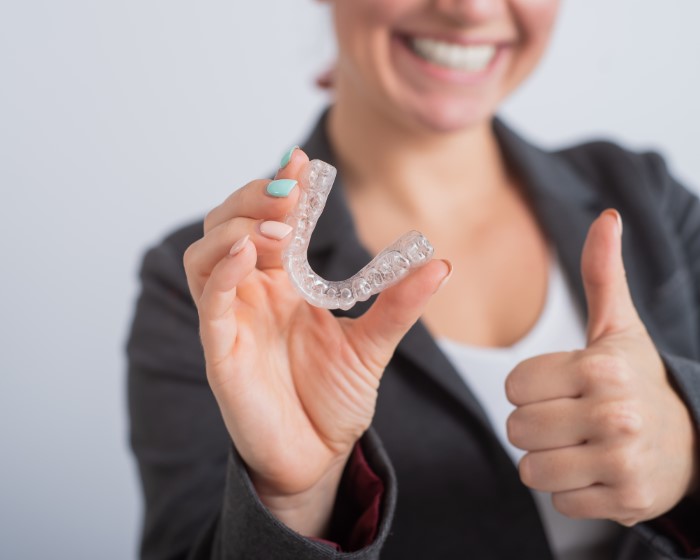
Course
Adult Orthodontics – Course Level 4
Treating patients above the age of 18 is quite different from dealing with teenagers. The adult patients usually present different types of dental pathology that needs to be addressed before the orthodontic treatment is initiated. Some of them have general diseases as well, and they have to be taken into consideration. We often have to align the teeth and create space for future prosthetic restorations like veneers, bonding procedures or dental implants. Sometimes we use extractions, interproximal enamel reduction or even orthognathic surgery in order to obtain a reasonable and stable end result. Furthermore we will discuss the biological and physiological processes of tooth movement and the specific characteristics for periodontally involved patients. We will discuss root resorption, white spot lesions, TMDs and the treatment protocols associated with them.
Day 1:
08.00h. – 10.00h. – Theoretical session – Orthodontic treatment for the patient above 18. Specific needs, requirements, expected and unexpected complications.
10:00h. – 10.15h – Coffee break
10.15h. – 12.00h. – Theoretical session – Third phase of fixed appliance treatment- the finishing phase. Application of elastics, wire bending and retention. Different types of retainers and indications for their use.

12.00h. – 13.00h. – Lunch break
13.00h. – 14.30h. – Practical session – Wire bending of a fixed retainer, finishing bends in the archwire.
14.30h. – 14.45h. – Coffee break
14.45h. – 18.00h. – Practical session – Diagnosis and treatment planning based on patients records followed by presentation of the actual treatment by the lecturer.
Day 2:
08.00h. – 09.00h. – Theoretical session – Extraction vs non extraction approach, IPR- pros and cons.
09.00h. – 10.00h. – Theoretical session – Biology of tooth movement.
10.00h. -10.15h. – Coffee break
10.15h. – 12.00h. – Theoretical session – Missing upper lateral incisors- space closure or preserving space for an implant. Advantages and disadvantages of both treatment modalities.
12.00h. – 13.00h. – Lunch break
13.00h. – 14.30h. – Root resorption and other clinical complications.
14.30h. – 14.45h. – Coffee break
15.15h. – 17.00h. – Practical session – Diagnosis and treatment planning based on patients records followed by presentation of the actual treatment by the lecturer.

Exact date: coming soon
location- Sofia, Bulgaria
All of the materials and equipment for the practical sessions will be provided by us.
Price for the 2 days course – 1500 euro (VAT included)
In orthodontics, we consider a patient an adult when facial growth has been completed or is significantly reduced. For most patients, that happens around the age of 18. However, individual variations should be taken into consideration. After age 18, we can plan implant placement or other prosthetic restorations with higher predictability.
Space preservation for prosthetic restorations is one of the main topics in adult orthodontics. In addition to missing teeth, many adults suffer from different forms of gum disease or tooth decay that must be addressed accordingly.
What is the Level 4 Course – Adult Orthodontics?
The course aims to teach you all the crucial aspects you need to know before you offer braces treatment to your adult patients. Both children and adults are concerned with the appearance of their crowded teeth and would like to improve their self-esteem and have a more beautiful smile.
We, as dental specialists, have to recognize the type of bad bite we are dealing with and suggest different treatment options. We also have to bear in mind that lots of people are interested in aesthetic teeth-straightening appliances such as ceramic braces or removable aligners.
Adult orthodontic treatment could range from six to nine months of levelling and alignment up to two and sometimes even more years.

The duration of the treatment time is probably the most frequently asked question. With a fair degree of confidence, we can assure you that mild crowding can be resolved in less than a year. Those are patients who, for example, had braces in the past, did not wear their retainers as instructed and now present with a mild relapse.
Other people have stable malocclusions (not ideal molar and canine relations), which allows them to function properly, and they are only concerned with the appearance of their front teeth.
These people should be given all of the options available. For example, the jaws could be in a position related to each other, which is not ideal. Many orthodontists offer jaw surgery as a valuable treatment option.
However, other dental specialists will offer limited treatment to improve the alignment of the front teeth without changing the stable posterior occlusion that has been serving the patient for a long time.
We, as dentists, have to know the advantages and disadvantages of both treatments and suggest the best option for the person sitting in front of us, considering the case’s specifics and the patient’s preferences.

What topics does the course cover?
We will discuss in great detail the specific requirements that have to be met to complete the case with a satisfactory end result. We will pay special attention to the possible complications and potential risks that could arise during treatment, such as periodontal issues and root resorption.
The third and final stages of braces treatment will be discussed, and the subsequent retention of the case will be explored in detail. Finishing the case and obtaining a stable static and dynamic occlusion is one of our main goals as clinicians.
However, we need to be able to preserve the result in the future. Otherwise, the teeth will not remain in their new position. A relapse will occur, and both the patient and the clinician will be frustrated with the reappearance of the crooked teeth.
Modern technology and science cannot predict the amount of relapse that might happen once the patient is out of retention.

Orthodontists usually prefer fixed braces when they have to deal with more complex dental movements. However, wearing braces (especially traditional braces) is not a preferable option for many adult patients.
Orthodontic options such as removable aligners or lingual braces are more suitable for those people. The type of orthodontic appliance does not matter. In fact – while the course is based on braces treatment, we will teach you the fundamental rules and protocols for implementing whichever appliance you prefer.
So, to reiterate, we have learned how we need to explore different treatment modalities for different age groups – understanding the different approaches between young people and adults will benefit you immeasurably.
Who is the course suitable for?
A dentist who has attended the previous modules of our orthodontic courses is the perfect candidate because there is a connection between the modules. However, colleagues with minimal or limited experience who decide to attend this module alone are also welcome. Those are usually dentists who perform a lot of restorative and aesthetic work and want to expand their expertise.
What knowledge will you receive after the course?
At the end of the module, you will be familiar with the current treatment protocols for adult orthodontics. The combination of theoretical and practical sessions will give you a deeper understanding of the subject and an ability to practice the most frequently encountered clinical scenarios.
By the end of this fourth and final Module, you will have a comprehensive guide to contemporary orthodontics. You will be able to select mild and moderate orthodontic cases that you can successfully treat in your own practice.
Regarding the more complex cases you will encounter, you will be able to assess them appropriately and refer them to a multidisciplinary team of specialists in your area.
Frequently Asked Questions
What are the course requirements?
You have to be a dentist willing to expand your knowledge in the area of multidisciplinary treatment approaches. This is extremely important in adult treatment because we don’t just align and straighten teeth, but we also create healthy and beautiful smiles. That requires the use of contemporary treatment modalities and protocols.
How do I enrol?
If you would like to enrol in the Adult Orthodontics course, you can reach us in the following ways:
- By phone at +359 88 2029841;
- By email at info@badovorthodontics.com, or
- Via our contact form.
How long does the course last?
The duration of the Level 4 course is 2 days and includes theoretical and practical sessions.

